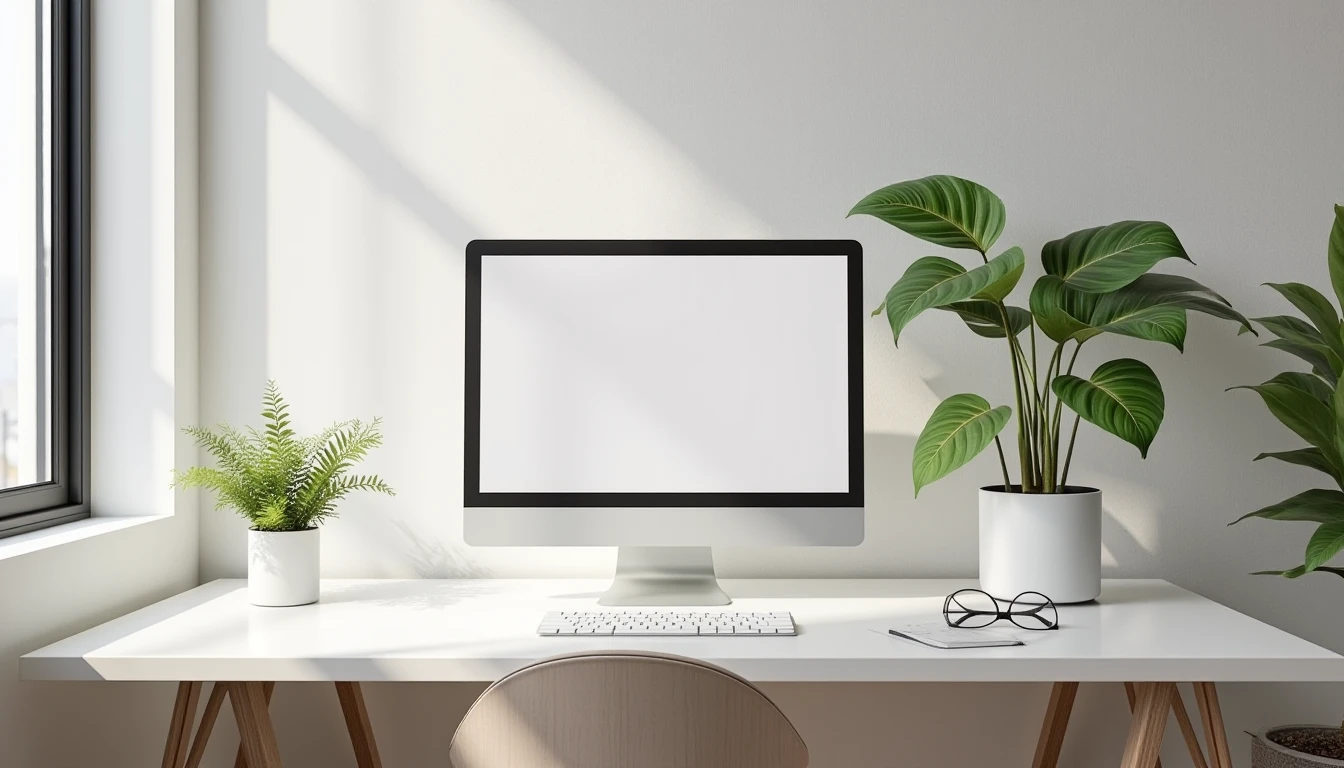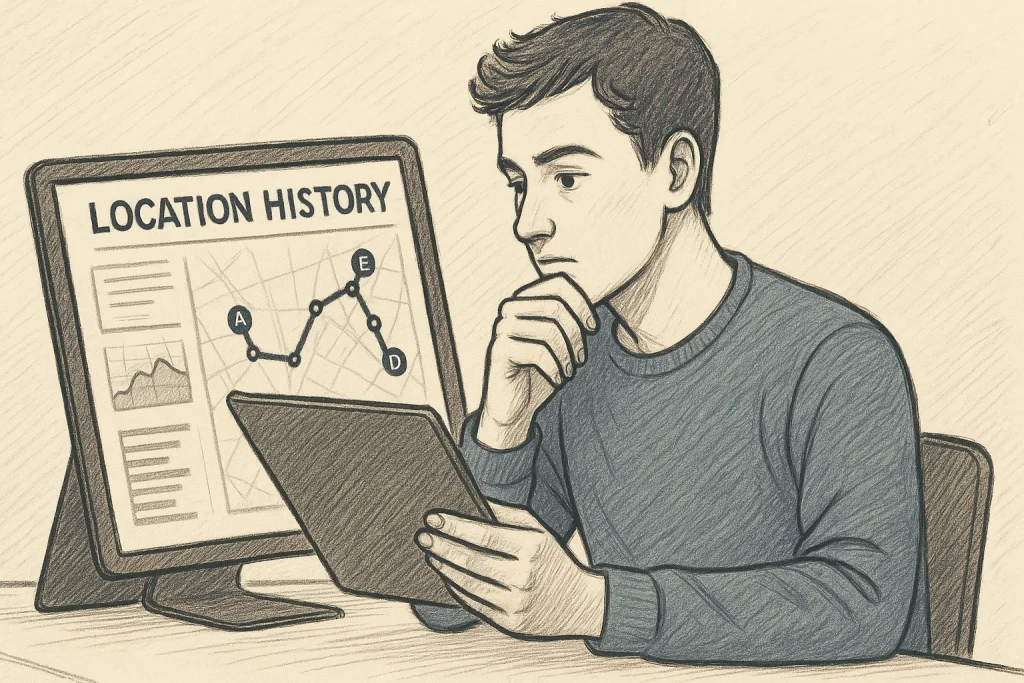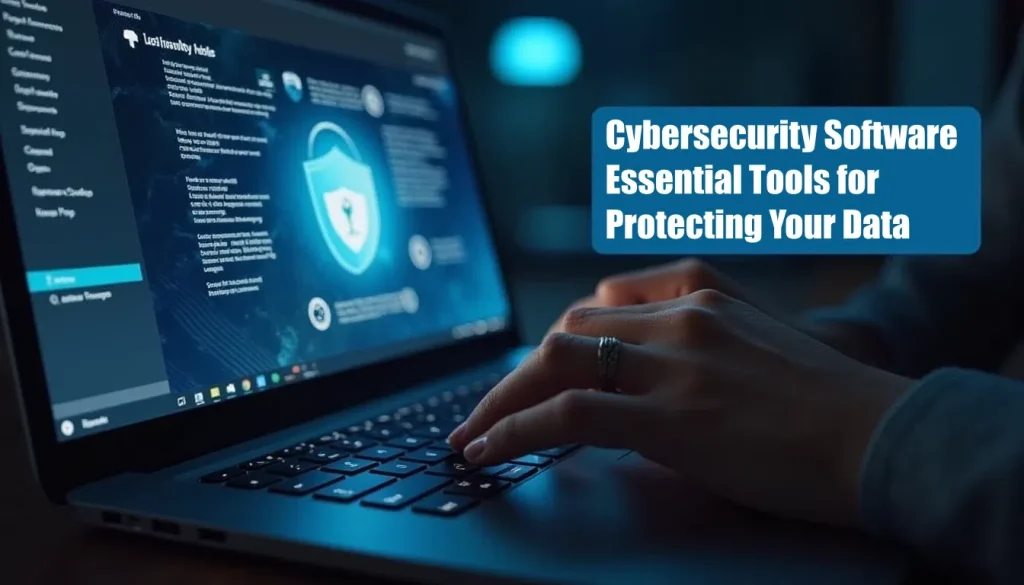Understanding Digital Minimalism
Digital minimalism is a lifestyle philosophy that advocates using technology intentionally and purposefully to enhance one’s life rather than allowing it to dominate daily routines. At its core, digital minimalism encourages users to eliminate unnecessary applications, notifications, and devices from their lives while focusing only on the tools that provide true value.
When smartphones have become ubiquitous, the concept of digital minimalism emerges as a beacon for those who seek balance between technological convenience and personal well-being. Many individuals find themselves constantly bombarded with an overwhelming number of apps, emails, and social media notifications, which can lead to stress, decreased productivity, and even burnout. By adopting digital minimalism, one aims to reclaim control over their time by deliberately choosing what digital tools they will engage with and when.
The practice of digital minimalism is not merely about reducing the quantity of digital devices but also about enhancing the quality of engagement with them. This approach requires a deep introspection into how each piece of technology contributes to personal goals, whether it be professional development or maintaining social relationships. Users are encouraged to assess their current usage habits critically and identify which tools genuinely add value versus those that merely consume precious time without offering substantial benefits.
Identifying Essential Tools
In the pursuit of mastering time management through digital minimalism, identifying essential tools is a critical step. This involves analyzing various aspects of your daily activities to determine what truly supports your productivity and well-being while eliminating distractions. The first aspect to consider when identifying essential tools is functionality—what specific tasks do you need to accomplish? For instance, if you frequently collaborate with remote teams, using project management software like Trello or Asana might be indispensable.
Moreover, understanding how these essential tools integrate into your workflow can significantly impact their effectiveness. Seamless integration allows for efficient task management without the hassle of switching between multiple applications. Tools that offer intuitive interfaces and robust features tailored to specific needs are highly beneficial in streamlining processes. For example, Evernote excels at organizing notes across different platforms, making it ideal for individuals who require a centralized location for all their ideas and information.
Additionally, personal preference plays an important role in determining which tools become essential. While certain applications might offer similar functionalities, individual comfort levels vary greatly based on familiarity and ease of use. It’s crucial to experiment with various options before committing fully; this trial period helps ensure that chosen tools align perfectly with one’s workflow and preferences. By selecting only those tools that cater precisely to your needs, you create an environment conducive to enhanced productivity and reduced clutter.

Eliminating Distractions
Eliminating distractions is pivotal in the journey towards mastering time management through digital minimalism. The first step involves recognizing the sources of distraction within your digital life. Common culprits include excessive notifications from social media platforms, constant email pings, and unnecessary applications that drain attention without providing significant benefit.
Once identified, the next critical action is to actively manage these distractions by setting boundaries. This could involve configuring notification settings on devices to limit interruptions only for high-priority communications. For example, enabling Do Not Disturb mode during focused work sessions or scheduling specific times throughout the day when emails are checked can dramatically reduce unnecessary disruptions. Furthermore, employing tools designed specifically to block distracting websites—such as Freedom or Cold Turkey—can help maintain concentration and prevent procrastination.
Another effective strategy for eliminating distractions is cultivating mindfulness around digital consumption habits. Mindful awareness helps individuals recognize patterns of excessive engagement with non-essential content. Practices like meditation can enhance one’s ability to stay present and focused, thereby reducing impulse-driven browsing on social media or indulgence in irrelevant online activities. By regularly reflecting upon the impact of each application or notification, users develop a clearer understanding of what truly adds value versus what merely serves as noise.
Establishing Digital Boundaries
Establishing digital boundaries is essential for maintaining a healthy balance between work and personal life while practicing digital minimalism. This involves setting clear limits on technology use both personally and professionally, ensuring that time spent online remains purposeful rather than habitual.
One effective way to establish digital boundaries is by creating structured routines for device usage. Designating specific hours each day for checking emails, browsing social media, or engaging in other non-essential activities helps prevent these tasks from infiltrating every aspect of one’s schedule. Implementing a ‘no screens’ rule during meals, bedtime, and family time promotes mindful interactions and strengthens relationships away from the constant presence of technology.
Additionally, leveraging technology itself to enforce boundaries can be highly beneficial. Many smartphones offer features that allow users to set app limits or auto-schedule downtime periods where all non-essential notifications are silenced. Utilizing these built-in tools not only simplifies boundary-setting but also reinforces self-discipline through automated processes. By consistently adhering to established digital boundaries, individuals gradually develop healthier habits that support both productivity and mental well-being.
Cultivating a Productive Digital Environment
Creating a productive digital environment is crucial for enhancing time management within the framework of digital minimalism. This involves optimizing settings across devices to facilitate seamless workflows, ensuring that each tool contributes positively towards achieving personal or professional objectives.
Firstly, organizing files and folders in a logical manner ensures easy access when needed while reducing unnecessary clutter. For instance, categorizing documents by project or purpose allows for efficient retrieval without wasting time searching through disorganized directories. Adopting cloud storage solutions like Google Drive or Dropbox further enhances accessibility since important materials can be accessed from any device with internet connection.
Secondly, maintaining a clean desktop and minimizing open applications helps maintain focus during work sessions. A cluttered interface filled with multiple windows can distract attention away from primary tasks at hand. Tools such as Stay Focused or Cold Turkey offer options to block distracting sites entirely or limit their availability based on scheduled timeslots, thereby fostering an undisturbed workspace conducive for deep concentration.
Lastly, regular maintenance of digital systems prevents performance issues that could disrupt workflow efficiency. This includes updating software regularly, deleting unused programs, and conducting routine checks for viruses or malware infections. A well-maintained system not only runs faster but also reduces the likelihood of unexpected technical problems derailing progress mid-session.








